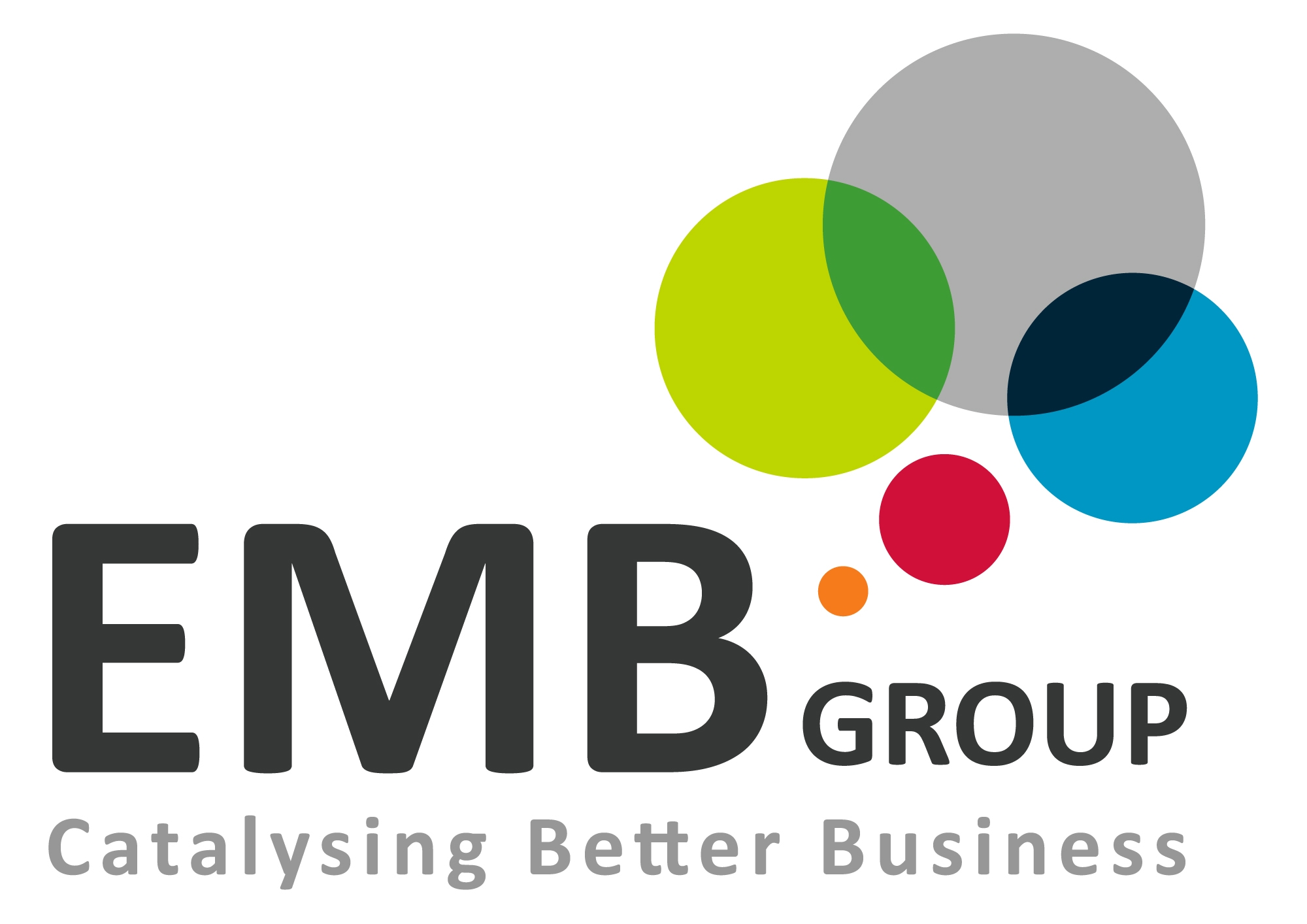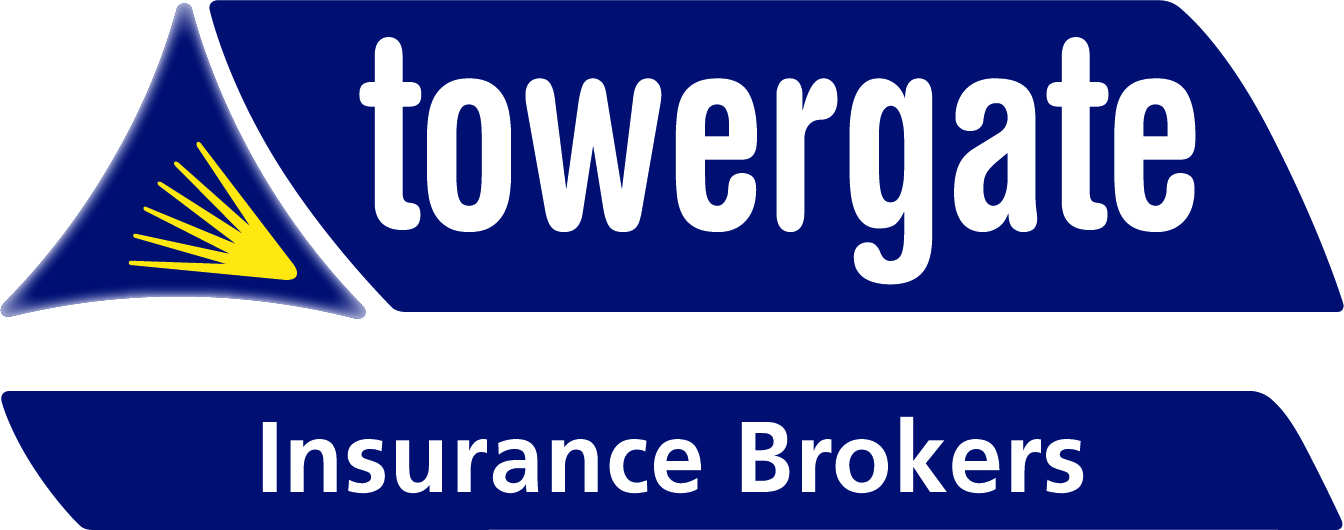

A different way to invest in property: The rise of the Landlord-Developer
Blogs
Since the start of 2021, there has been an influx of landlords looking at development opportunities to diversify their businesses and make greater returns.
While they still want to build their portfolios, there are new opportunities in building new homes that will help the government reach its 300,000-a-year target.
A raft of new permitted development rights allows unused commercial premises to be converted into homes, delivered through a simpler ‘prior approval’ process instead of a full planning application.
The rules are expected to revitalise the high street and encourage more people to live near it, transform unused buildings, and make the most of brownfield land.
Most brownfield opportunities sit way below the scale necessary to interest the major homebuilders. The government has recognised this and is instead targeting small-scale developers, many of whom will be undertaking development projects for the first time – the next step up from the ‘fix and flip’.
The buildings ripe for residential conversion have been increasing of late, with more office and retail premises coming to the market due to new ways of working and shopping.
Landlords entering this sector need to surround themselves with an experienced team to build credibility. This includes employing a project manager and a main contractor to look after individual trades so that landlords can still manage their portfolios while their professional teams run and control the development.
Given that it’s possible to run multiple development projects at once, you can see how the buy-to-convert portfolio growth could be stratospheric compared to buy-to-let.
It’s therefore not surprising that this hybrid landlord-developer role is starting to become popular, as existing landlords discover that small-scale development is well within their capabilities.


















